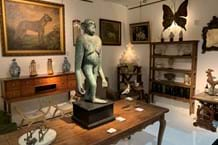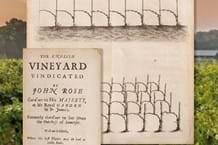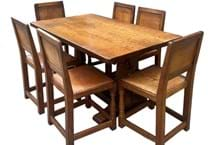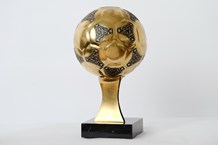Though only 65 of the 370 woodcuts are based on real specimens, that was a very high proportion for herbals of the medieval period and some of these cuts depict foreign plants – among them images of Middle Eastern plants based on drawings made by Erhard Reuwich, who had accompanied Bernhard von Breydenbach in his famous 1483-84 ‘Peregrination’ to the Holy Land and Egypt.
The auctioneers could trace only two other complete copies at auction since 1900, the partly coloured Hunger copy (in which the first leaf woodcut of scholars in a garden was badly damaged) that was sold in Amsterdam in 1951 and the Massachusetts Horticultural Society copy, one in which that same scholar cut was supplied from another copy.
The latter made $72,000 at Sotheby’s New York in 1980. The copy seen at Sotheby’s in London, in old boards rebacked to preserve much of the original pigskin spine and fitted with new clasps, lacked only a final blank and had all the woodcuts coloured in a contemporary hand. It sold just under estimate at £245,000 to a trade buyer.
Gart der Gesundheit
The Gart der Gesundheit is one of the giants in the field. The most important herbal of the 15th century, it contained the finest illustrations of the incunable period and was unsurpassed until the appearance of the first edition of the Brunfels herbal in 1530.




